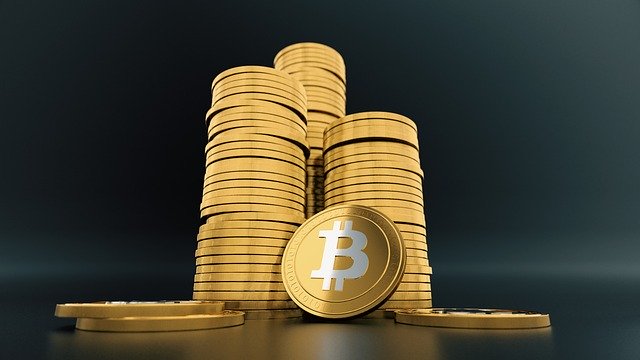Tokenisation

With the last blog I have explained what is the blockchain and how it works. Let us now discuss the main application of blockchain: the tokenisation.
In fact, bitcoin is already an example of tokenisation, since it is a token (a native one) running on the bitcoin blockchain. Bitcoin represents a simple unit of account (1 bitcoin, with a value given by the market). However, we could create a token representing whatever we want. Today, there are already many tokens representing fiat money, shares or other financial instruments, gold and other commodities, a voucher – that is the right of using a determinate platform – but also token representing non fungible assets, like game cards. Let’s learn how to create and use it.
How does it work?
From a comprehensive point of view this is simple. The issuer issues a token on the blockchain and declares publicly and legally that this token is representing a determinate asset or right. He further recognises the owner of the token as the owner of the asset backed by the token or as the owner of a specific right. Let’s make an example with gold. Today, if you want to own gold, you can either purchase it physically and store it somewhere (at your home or your bank), or purchase it financially and have a financial right related to the gold on your custodial account. However, I could also purchase a token whose issuer has declared that the token represents (physically of financially) the gold. If the token represents physical gold, I shall have the right to claim the real gold against the token in my belonging. If the token represents financial gold, I shall have the right to claim the value of the gold against to token.
Why should I want to purchase a token instead of real gold?
Today, the major issue in the tokenisation process is the trust of the issuer. How can I trust that the issuer is really holding gold on my account? For our example, let suppose that the issuer is a trusted party, like the bank that (in the traditional world) is holding the gold for the account of its client. Why should selling a token be better than selling real gold? Well, the answer lies in the technology. Owning a token representing gold would allow me to decide if I want to have the token held in my banking token wallet or on my personal one. I could sell the gold token directly to everyone, without the need to use a counterpart. I could transfer my gold token to a smart contract and receive a loan (of course in tokenised money) using my gold token as collateral. If I owns real gold, I can do nothing else with it then sell it. If I own a tokenised gold, I could use it also for other means.
This is even more clear if you take shares as example. If I tokenise a share I can not only hold and transfer it in a simpler way (without the need of a legal act), but I could also execute some tasks required by the law in an automatically way, like managing the shareholder register, or executing a report to the tax authority.
Creating value for non-valuable actions
One of the main advantages of tokenisation consists in the possibility to create value for non-valuable actions. Let’s explain this with another example.
A big city is trying to fight against littering. In order to incentive the population to execute waste separate collection, it creates a bonus system where the citizens separating waste at eco waste centres receive good behaviour tokens, which can then be exchanged for an entry at the public swimming pool. On the contrary, the citizen not separating the waste has to pay for the public service.
Another example can be actions executed on the internet. A “Like” on a brand social media post has a value which is not yet rewarded. By linking a crypto wallet with my social identity, a platform could offers tokens to their users. This would assure to the brand that only real people and not ‘bots’ are looking at their marketing advertising, and in turn remunerates the real people who see the advertising with a token granting them a discount for the next purchase of that brand.
Token limitations
Seems too nice to be true. In fact, here comes the difficult task related to tokenisation.
First of all, there is the educational limit. Owning a cryptographical wallet is not something everyone is able or willing to do. Even if today the use of a wallet is much easier and more user-friendly than it was 10 years ago, for a big part of the population this is still complicated.
Another obstacle lies in the legal field. How can one legally enforce a token right or ownership? Is this legally binding? Can I really transfer a property right by way of transferring the token? Will the public authority recognise this? Will a judge recognise the use of token and protect the good faith holder against any illegal action versus his/her token ownership?
Today, there are only few states that have recognised in their legal framework the right to use a token to represent an asset. Without a legal framework the issuer is obliged, within its contractual freedom, to create the contractual legal right on the token. The mere issuance of a token is therefore not enough to create a legal right on the token itself or against the issuer. If there isn’t an official legal framework, the issuer must conclude an agreement with the future token holders which states the rights of the future token owner. The token holder would therefore have only those rights as foreseen in the agreement set up by the issuer. This situation is not satisfactory for many people, which will probably dare to use a token only once this will be regulated in a law or by a clear juridical practice.
Tokenisation is only at the beginning of its development. We have to believe that in the next year, we will see more and more use of this technology, probably without even knowing that it is being use to facilitate our lives.








